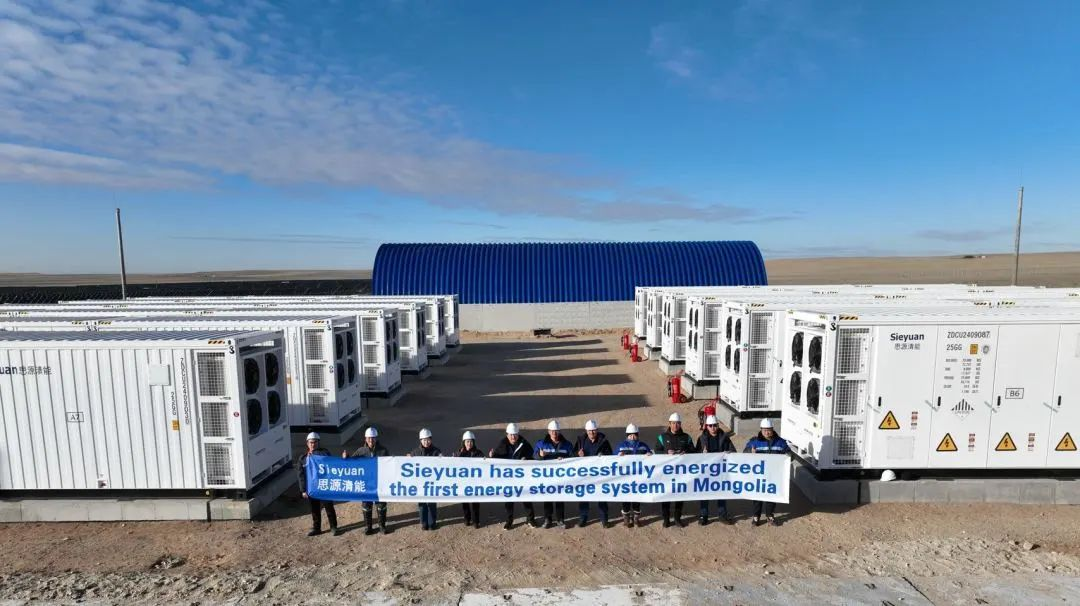As indicated, the role of electrical houses nowadays in the modern infrastructure cannot be underestimated. These structures provide core functions in the compliance of electricity distribution systems, constructional safety, and also allow the urban population growth in energy usage. This blog will focus on the different forms of electrical houses, their functions and their contents in relation to the sustainable development of infrastructure.
Electrical houses, Electrical enclosures, or even extension structures are specific buildings constructed for the sole purpose of containing electrical systems and its equipment. Because the equipment is highly sensitive, it is better for them to be utilized and managed from a single point. In preserving the best interest of the equipment, electrical houses were meant to protect such equipment from unwelcome environmental conditions that affect performance. Also, because urbanization was causing more and more people to live in a dense environment, the need for electricity houses for the management of electrical distribution systems management was apparent.
In general, efficient and safe utilization of electricity is one of the major functions of electrical houses. They house switchgear, transformers, amongst many others that assets that serve in the management and control of the electricity. Moving these components from their individual locations to one central point, makes electrical houses more efficient and limits the chances of electrical outages. More so, they are built in a manner that they meet industry standards hence makingWorking in and around these structures less prone to accidents.
Also, electric houses promote the green status of the infrastructure. Growing attention to the use of renewable energy sources contribute to the provision of modern green materials in many electric houses. They can for instance be designed with solar panels, energy storage systems, and smart grid technologies to allow better management of energy resources. Embracing such innovations allows electric houses to decrease carbon impact, and use in turning cities into more sustainable environments.
The electrical houses construction and design comes up as a factor of considerable significance. The contemporary electrical houses are constructed employing strong materials and good engineering techniques which provide protection in adverse climatic conditions. This remarkable quality is of great significance, particularly in the areas exposed to violent weather conditions. Furthermore, the electrical houses are properly designed in such a way that makes effective use of the available space and furnished conveniently for easy maintenance and updates on the equipment housed inside the electrical house.
As we look to the future, the role of electrical houses in modern infrastructure will only escalate further. The electrical houses will be needed due to an increase in electrical demands considering the increase in population growth, natural disasters and electrical smart buildings. According to recent moving trends, electric houses will be closer to being hitched more with smart technology platforms. This in turn will improve the working capabilities of the electrical houses thus making the electrical houses more greatly needed for controlling the infrastructure of the subsequent generation.
The electrical houses are critical units in the modern infrastructure architectural composition. They ensure security and reliability of electricity distribution, promote environmental sustainability, and are well adapted to environmental hazards. With the global transition into smart and clean energy, the importance of electrical houses will be on the increase to further enhance the reliability and effectiveness of modern infrastructure.
 EN
EN
 AR
AR
 BG
BG
 HR
HR
 CS
CS
 DA
DA
 FR
FR
 DE
DE
 EL
EL
 HI
HI
 PL
PL
 PT
PT
 RU
RU
 ES
ES
 CA
CA
 TL
TL
 ID
ID
 SR
SR
 SK
SK
 SL
SL
 UK
UK
 VI
VI
 ET
ET
 HU
HU
 TH
TH
 MS
MS
 SW
SW
 GA
GA
 CY
CY
 HY
HY
 AZ
AZ
 UR
UR
 BN
BN
 LO
LO
 MN
MN
 NE
NE
 MY
MY
 KK
KK
 UZ
UZ
 KY
KY




